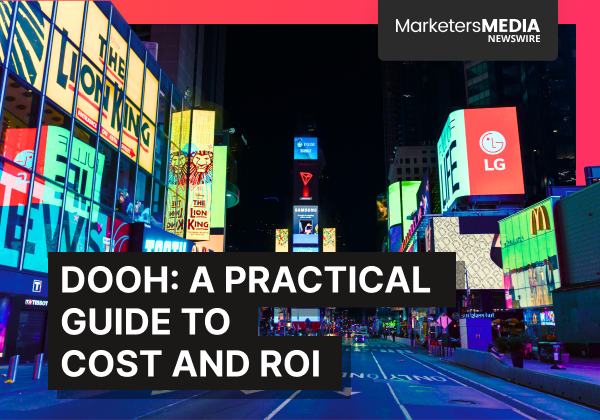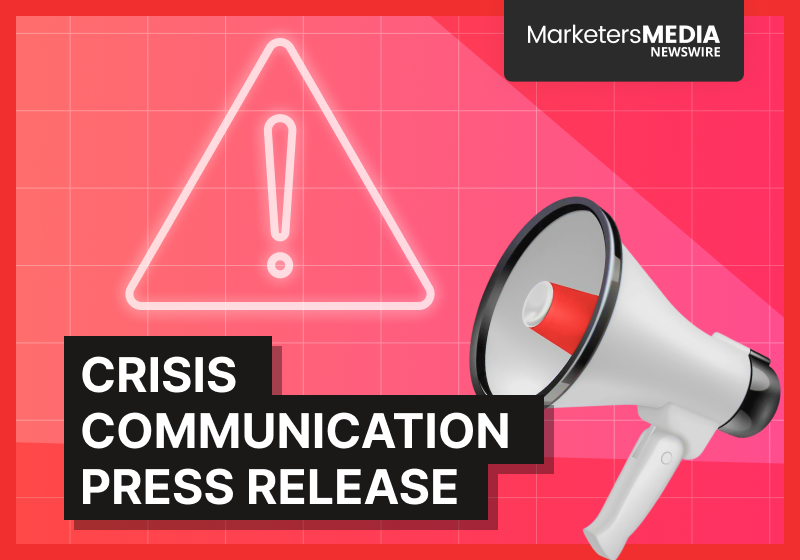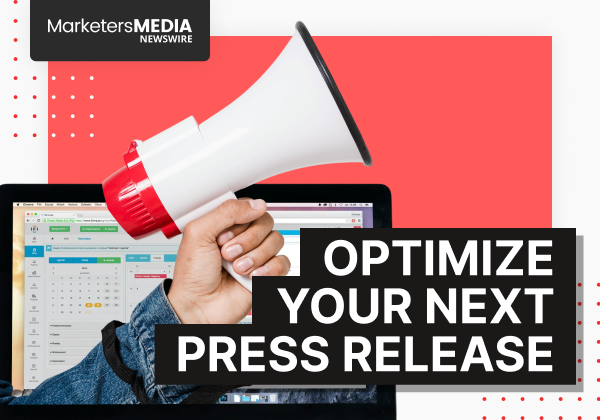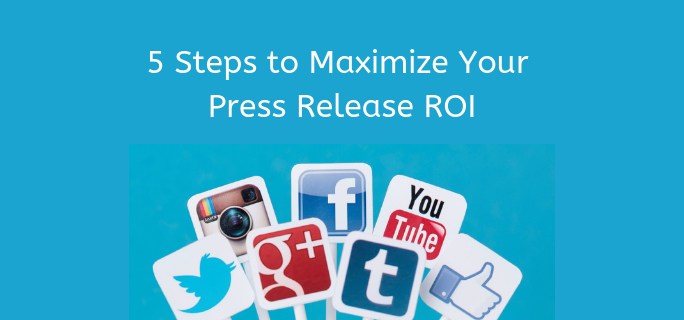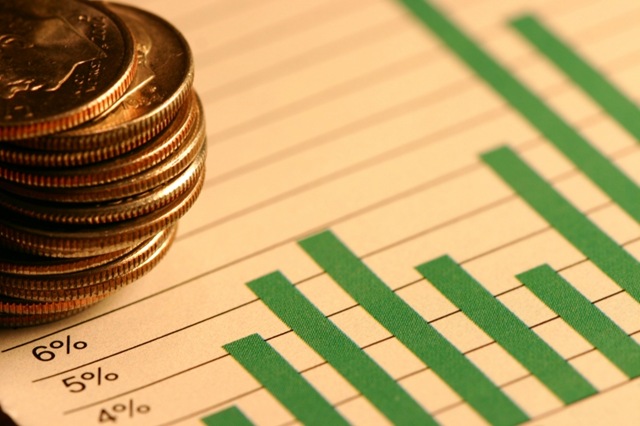Out-of-Home advertising delivers $5.97 in product sales for every dollar spent. That’s a stronger return than radio, print, and even some digital channels.
Now add Digital Out-of-Home (DOOH) into the mix—the same concept, but upgraded.
Instead of a static billboard, you’ve got digital screens in airports, malls, gas stations, and subway platforms that update based on time, weather, or who’s nearby.
That means you get the reach of outdoor ads plus the control and targeting you’d expect from digital.
But most advertisers never get to that payoff. They buy DOOH as if it’s just a digital version of a billboard. They miss that it can behave more like display or connected TV—targetable, trackable, and adjustable mid-flight—rather than a one-shot placement pasted on a wall.
What Is DOOH Advertising
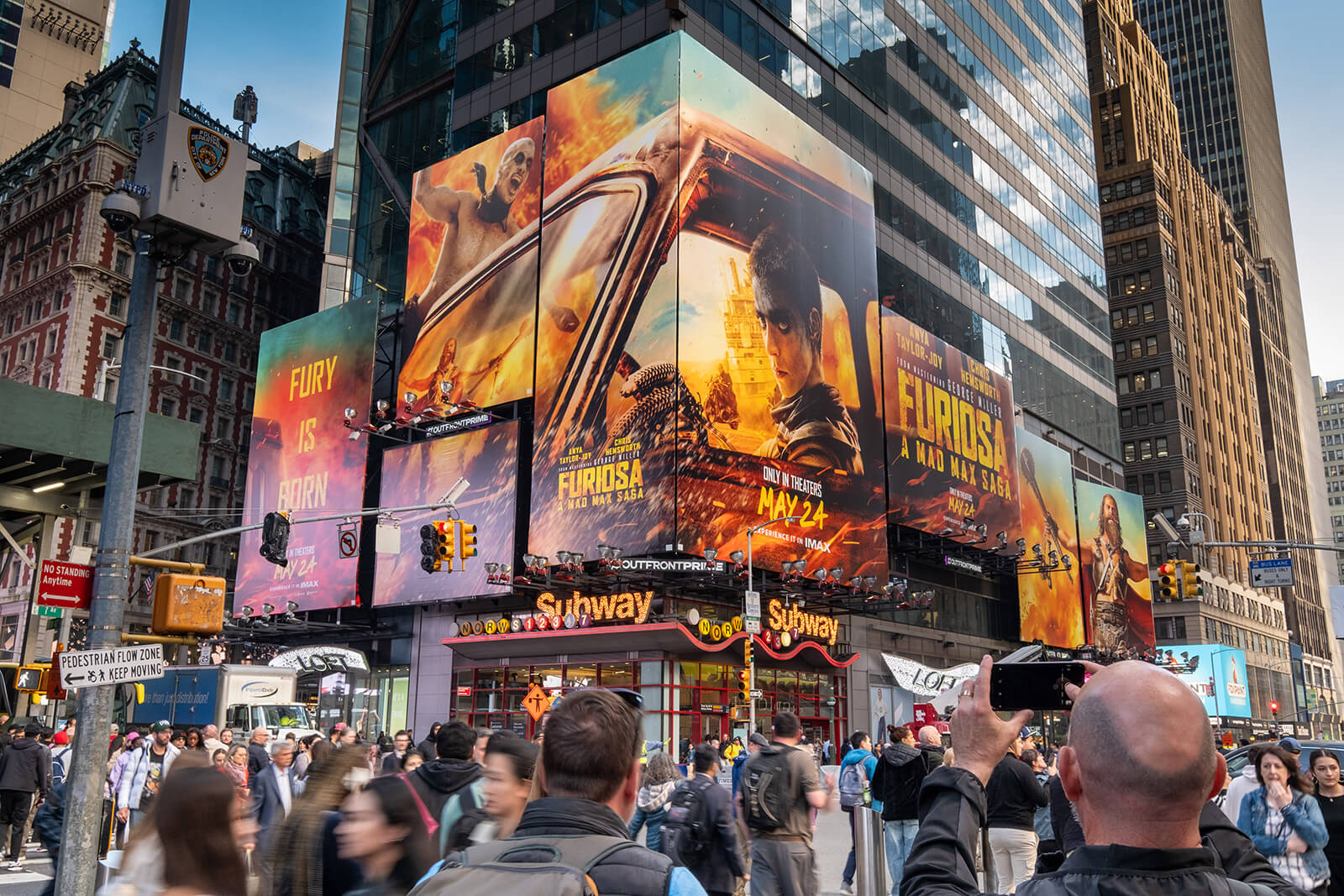
Digital Out-of-Home (DOOH) uses connected digital screens in public spaces to deliver ads that can be changed instantly without printing or installation.
For a traditional billboard: once it’s up, it stays there for weeks. If you want to change the message, you need to reprint, rebook, and wait for someone to climb a ladder and replace it.
DOOH removes all that. Creative updates happen remotely. Multiple advertisers share the same screen in timed rotations. One screen can cycle through different campaigns based on context, such as:
- Coffee promos in the morning
- Rideshare or commuter services during rush hour
- Food delivery offers at night
All scheduled or triggered automatically without manual intervention.
But the real shift isn't the screen. It is the buying model.
Traditional OOH buys location. You pay for a spot and hope enough of the right people pass by.
DOOH buys audience impressions. It uses movement data, timing, and contextual triggers to decide when it is worth showing your message. That puts it closer to display, CTV, and video inventory than to a static billboard.
Programmatic DOOH goes even further. Instead of negotiating placements manually, campaigns run through a demand-side platform (DSP). You set your budget, audience preferences, timing rules, and creative variations. The system finds the right screens and bids when your conditions are met.
This is where DOOH stops being "digital signage" and becomes a measurable media channel.
Why Businesses Are Choosing DOOH
DOOH marketing became one of the fastest-growing ad channels in the US. Three factors drive that growth.
Lower costs
Traditional billboards needed $30,000 just to start. DOOH lets you enter at around $5,000, which makes it accessible to small and mid-sized businesses.
Better targeting
Traditional billboards target locations. DOOH targets audiences using demographic data, movement patterns, and behaviors. Your ad reaches the right people regardless of which specific screen shows it.
Measurable results
Static billboards couldn't prove who saw them or what happened next. DOOH connects ad exposure to store visits, website traffic, and sales using mobile data and conversion tracking.
The channel also integrates with other digital advertising. When someone passes a screen and gets exposed to your ad, that impression can be logged. You can then retarget that same person online through display or video ads instead of starting from zero with a cold audience.
Where DOOH Screens Reach Your Audience
DOOH inventory appears in six environments. Each serves different campaign goals.
Transit hubs: Airports, subway stations, bus shelters. People are stuck in place with minutes to spare, which makes them more likely to notice and process your message.
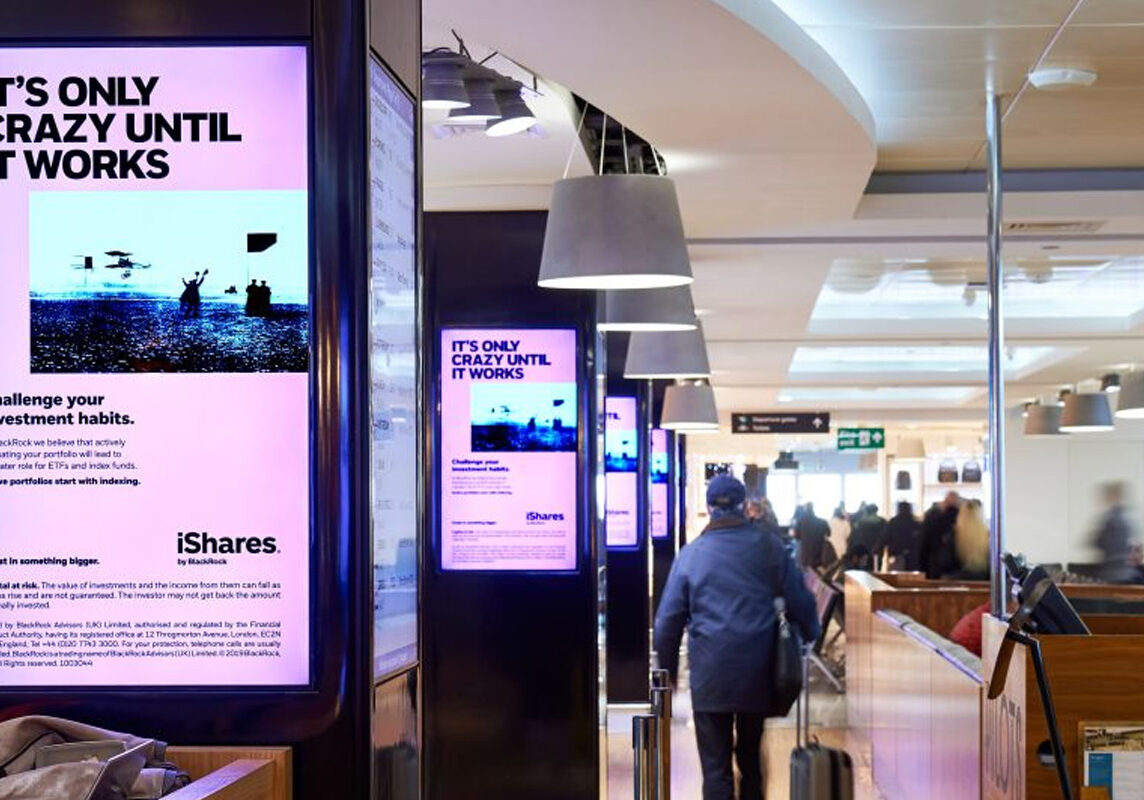
Retail locations: Screens in malls, grocery stores, pharmacies, and shopping centers reach people right before a purchase decision. Good for product launches and time-sensitive offers.
Street-level panels: Digital screens on buildings, kiosks, and street furniture in high-foot-traffic areas. They work well for broad city awareness when you want visibility, not just conversion.
Office and commercial buildings: Lobby and elevator screens reach professionals multiple times a day. Useful for B2B, financial services, or recruitment campaigns.
Roadside digital billboards: The modern version of highway billboards. They deliver large reach to drivers and passengers but with the flexibility of digital scheduling.
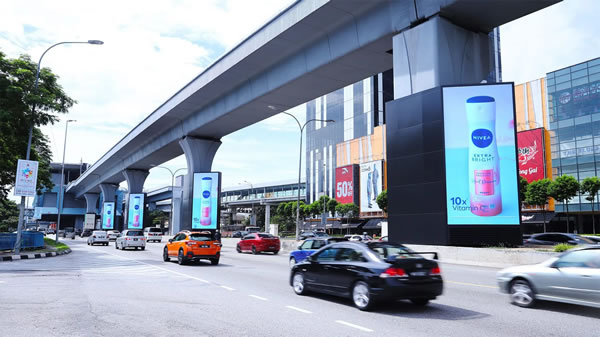
Venue-based screens: Gas stations, gyms, universities, entertainment venues. These are high-intent micro-environments where audience context is already known. For example, gym screens reach health-focused consumers, while gas station screens reach commuters in pause mode with nothing to do but look up.
Match your screen selection to your audience. University-area displays reach students. Airport terminals capture business travelers. Grocery store networks hit household decision-makers.
How Much Do DOOH Campaigns Cost
DOOH pricing depends on where the screen is, how busy that location is, and how precisely you want to target. Here’s a quick, realistic breakdown:
Roadside digital billboards: $1,500 to $30,000 per month depending on city and traffic volume.
Indoor networks like malls, pharmacies, airports: $500 to $5,000 per month for screens in controlled environments with repeat foot traffic.
Programmatic DOOH via DSPs: Instead of monthly fees, you pay on a CPM model (cost per thousand impressions), typically $2 to $20 CPM depending on the audience and context. Most platforms require a starting budget of around $5,000, which delivers roughly 250,000 impressions.
Three things influence your final budget:
- Location traffic: The more people passing or waiting in front of the screen, the higher the rate.
- Time and seasonality: Rush hour slots and Q4 retail seasons cost more due to increased demand.
- Targeting complexity. Adding weather triggers, audience filters, or time-based rules increases precision and cost. It also increases efficiency, so advertisers usually scale into it after proving basic performance.
Budget predictably by understanding that higher visibility and more sophisticated targeting both increase spend. Start simple and add complexity as you prove results.
How to Create DOOH Ads That Work
DOOH ads don’t behave like social banners or YouTube pre-rolls. People see them in motion, often at a glance, and without sound. That means your creative has to work fast and visually.
#1 Keep text minimal
Viewers have 3 to 5 seconds to absorb your message. Use seven words or fewer. More text reduces comprehension.
#2 Choose high-contrast colors
Light text on dark backgrounds or dark text on light backgrounds. Avoid subtle color combinations that fade in bright sunlight or get lost at night.
#3 One visual, one message
Avoid complicated layouts. One clear image or product shot beats a collage that forces the viewer to decode it.
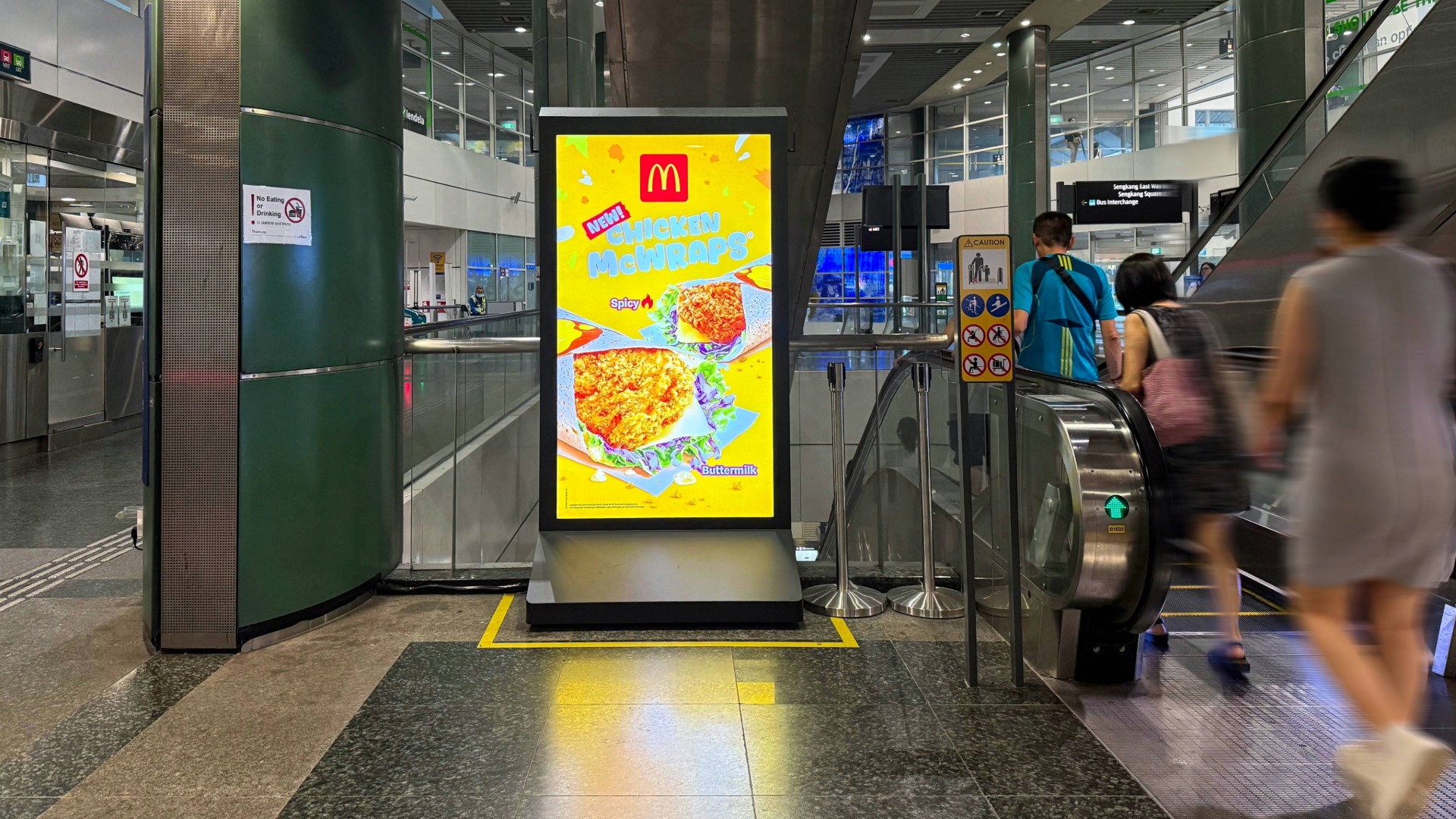
#4 Use motion when possible
Static images work, but subtle animation catches attention better. A product rotating slowly beats a still product shot.
#5 Adapt your message to context
This is the feature most advertisers ignore. DOOH can change based on conditions. For example:
- Promote cold drinks during hot afternoons
- Switch to warm beverages when temperature drops
- Push umbrella offers when rain is forecast
- Display “2 minutes away” when someone is near your store location
Most programmatic platforms already support this logic. You just need multiple creative variants and simple trigger rules.
How to Measure DOOH Performance
Earlier, we mentioned that static billboards couldn't prove who saw them or what happened next. DOOH changes that.
You can now link outdoor exposure to real outcomes, not just estimated impressions. Here’s how performance is tracked today:
Impression counts
These estimate how many people saw your ad based on traffic data, screen visibility, and viewing angles. Publishers calculate this using location sensors, mobile data, and historical traffic patterns.
Store visit lift
Track store visits using mobile location data. When someone's phone enters the viewing zone of your DOOH screen, measurement platforms can see if that person later visits your retail location. Compare visit rates between exposed and unexposed audiences to calculate lift.
Website actions and QR scans
Monitor website traffic spikes. Display unique URLs or QR codes on screens. Track traffic to those specific destinations. Check for increases in branded search terms during and after campaign flights.
Brand lift studies
For awareness-focused campaigns, platforms can survey people who passed the screen and measure brand recall or purchase intent compared to those who were not exposed.
Wrapping It Up
DOOH marketing works differently than other digital channels because the creative needs to perform without sound, the audience is always in motion, and context determines everything.
Most advertisers overlook that. They upload one static design and let it run everywhere, wasting the very thing that makes DOOH effective — the ability to react to time, location, weather, and audience signals in real time.
The real advantage appears when DOOH is plugged into the rest of your media mix.
Once exposure data is logged, you can retarget that same audience online, monitor branded search lift, and track conversions linked back to screen impressions. That turns DOOH from a one-off awareness campaign into a source of qualified attention for your entire marketing funnel.
Ready to build a complete digital marketing strategy? DOOH is just one channel in the mix. Check out our guide to types of digital marketing to see how SEO, paid search, social media, and other channels work together for better results.
Frequently Asked Questions (FAQ)
Q: What creative file specifications do DOOH screens require?
A: DOOH screens come in different shapes and sizes, so you'll need to prepare your ads in a few standard formats. Horizontal screens use 1920x1080 (the same as a regular HD TV), while vertical screens use 1080x1920 (basically the same thing, just flipped). For still images, use JPG files. For video, use MP4 format.
Keep file sizes under 6MB for regular HD quality and under 24MB for ultra-high quality 4K. Most ads run for 10 or 15 seconds. Your DOOH vendor will tell you exactly what they need.
Q: How does DOOH handle GDPR and CCPA privacy compliance?
A: DOOH used to track people by following their phone's unique ID, but privacy laws in Europe (GDPR) and California (CCPA) stopped that. Now, measurement companies use anonymous data instead—things like general location patterns and traffic counts, not individual phone tracking. They estimate how many people saw your ad and whether it drove results, but they can't identify specific people. This keeps advertising measurable while respecting privacy.
Q: What's the difference between programmatic and guaranteed DOOH buying?
A: Guaranteed buying means you book a screen for a fixed time (like a week or month) at a set price (CPT/CPD). You know exactly what you'll pay, but you're locked in even if traffic is lower than expected. Programmatic buying uses software that automatically bids on ad space in real-time. You only pay when your target audience is likely to see the ad (CPM), and prices go up or down based on demand. Programmatic gives you more control and efficiency, but costs can vary day to day.
Q: How do I integrate DOOH marketing with my other digital campaigns?
A: When someone walks past a DOOH screen, their phone's location can be logged (anonymously). You can then show that same person follow-up ads on their phone, computer, or streaming TV—a strategy called retargeting. Some advertising platforms let you control how many times the same person sees your message across all channels combined. This prevents overexposure and lets you create a coordinated experience from the street to the screen in their pocket.
Q: Besides weather, time, and proximity, what are other dynamic creative triggers for DOOH?
A: Other triggers for Dynamic Creative Optimization (DCO) include Live Events and Data, such as real-time sports scores, stock market changes, product availability data, and countdown timers for launches or flash deals. This allows the message to be instantly relevant to a current event or urgency.
Free Press Release Template
Tell us where to send your PDF:
